A Quick-Start Guide to Bird-Watching for Fun and Learning
http://decor-ideas.org 03/19/2014 03:02 Decor Ideas
Bird-watching is a great hobby that increases patience and concentration, and inspires a love of nature. The best part? You can kick off this hobby in your own backyard. All you need is a bird feeder and some quality seed. Here’s how to get started.
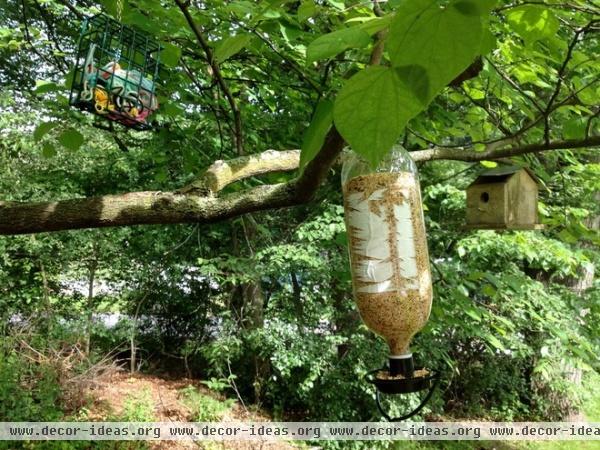
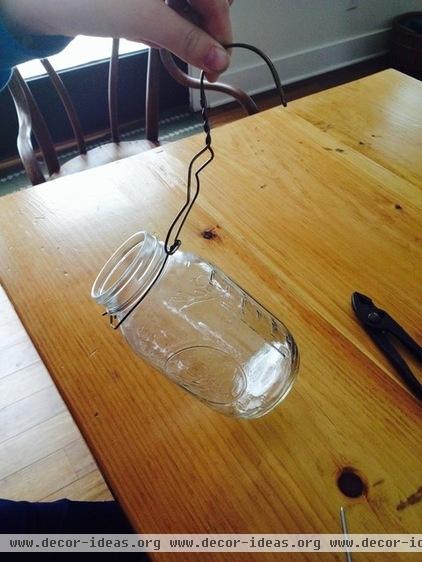
Choose a feeder. You can make a bird feeder from almost anything, but there’s no telling how long it will last. I made one from a 2-liter soda bottle that squirrels quickly tore apart. Then my husband made one by twisting a wire hanger around the mouth of a canning jar. The design isn’t squirrel-proof, but it’s definitely squirrel resistant. Meanwhile, my daughter made a feeder from an old tennis ball container, which was then ripped open by a fat squirrel within minutes.
Store-bought feeders can be expensive, but oftentimes they just work best. After our forays into squirrel-watching instead of bird-watching, we picked up a Squirrel Buster, with weighted perches. When anything heavier than a small bird lands on a perch, a door slides down and closes the opening. Take that, squirrels!
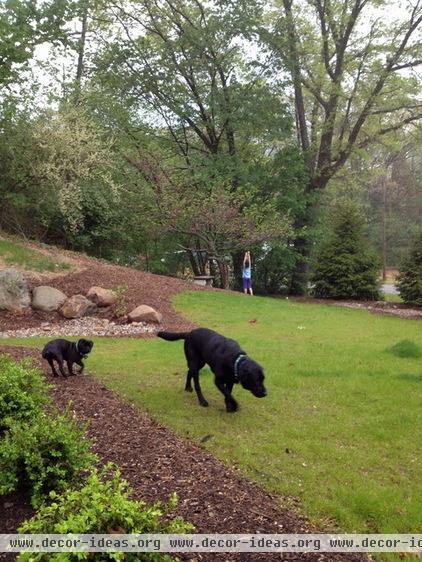
Buy quality birdseed. There are many to choose from, but sunflower seed is a good basic one that feeds a variety of birds. Watch out for golden millet, red millet and flax, which are common filler seeds in inexpensive blends. Most birds refuse to eat them, and they can quickly become a breeding ground for fungus and bacteria.
Place the feeder where you can easily see it. My 9-year old-daughter once set up a bird haven in a redbud tree (shown here in the far background) but it was impossible to see from inside the house. Bird-watching can take time and require patience, so the more readily visible your feeder is, the more likely you’ll see a variety of birds.

This winter when we set up feeders, we put them in a bush and a tree that can be seen from every bedroom on the second floor and all the living spaces on the first. Just yesterday, while still in bed, we saw two varieties of woodpeckers, a male Northern Cardinal, a Tufted Titmouse and a slew of chickadees and juncos.
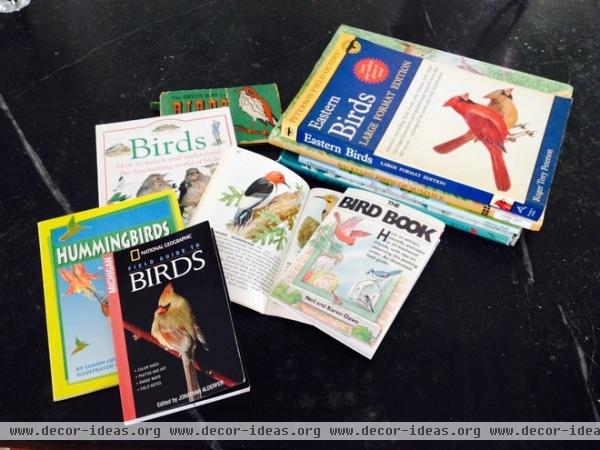
Collect bird books. If you’re just starting out, go to the library and check out a variety of books about birds: field guides, children’s picture books and nonfiction titles. Allow your children to choose books for you to read together. Collect selections in a basket or on a shelf that’s easy to access. My daughter has learned so much about birds just by reading things in our personal library.
Once you know you’re committed, a field guide is indispensable. Field guides are books to help bird-watchers identify birds on the fly. The Peterson guides are the standards, but our personal favorite is the National Geographic Field Guide to Birds, Michigan edition. Buying a guide to your specific region is very helpful.
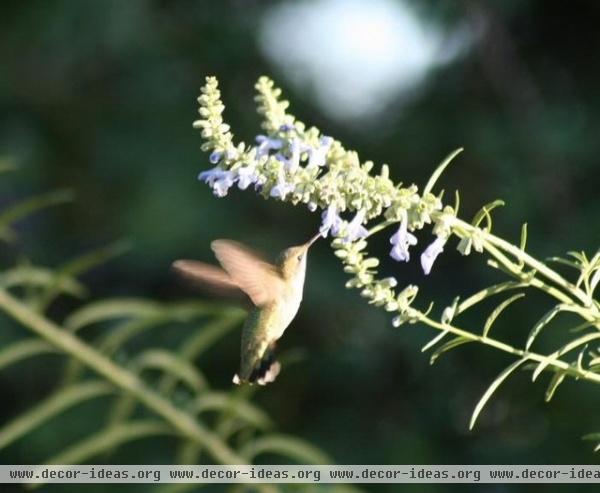
Be willing to learn. Most of us would say we want to learn, but the flip side of that is being willing to acknowledge our ignorance. I love birds, but I can identify only a handful. Two of my children are birders, and they are teaching me. My son, who hears with a cochlear implant, knows more birdcalls than I do.
If you are the de facto teacher, and woefully ignorant, that’s OK. Don’t get hung up on identification. Even with a good guide, it can be hard. It’s not like birds are wiling to sit around while you look up their chief characteristics. The first thing is to simply pay attention. It’s OK if you don’t know the bird’s name; just start by recognizing the “gray ones with the black heads” or “the orangey-red one” and keep watching. You’ll be amazed how quickly your children catch on and spot birds wherever you go.

This is what my backyard looks like today. Only the birds I can hear calling outside my window (If my children were home, I’d be able to tell you which ones) give me hope that spring is ever going to come.
Note the squirrel skulking in the background. Tsk, tsk.
Your turn: Show us your bird feeders in the Comments!
More: Summer flowers hummingbirds will love
Related Articles Recommended












